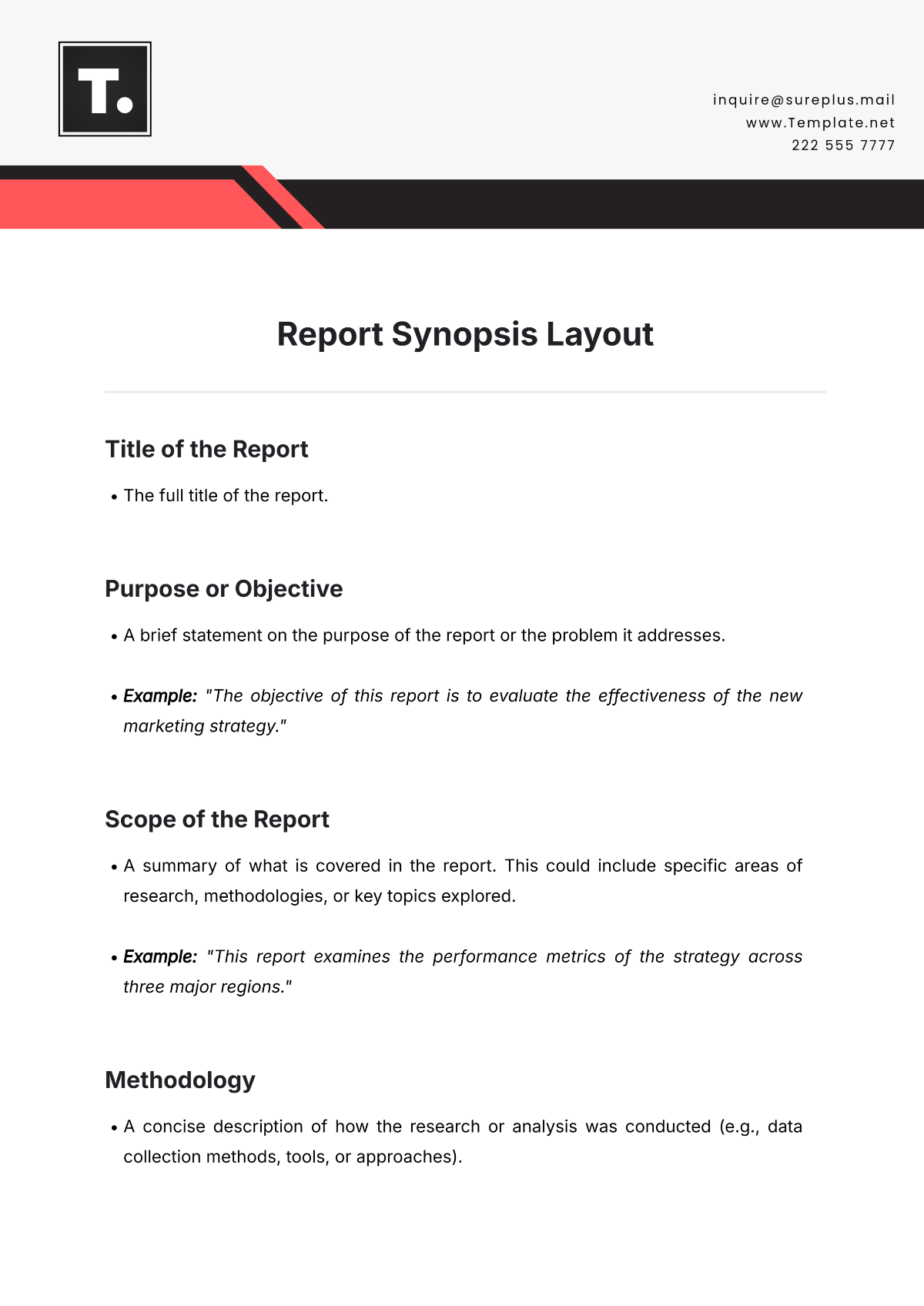Research Report Layout
Introduction
This research report aims to provide an extensive overview of renewable energy sources. The objective is to analyze their potential, effectiveness, economic impact, and environmental benefits.
Overview of Renewable Energy Sources
Definition and Background
Renewable energy sources are derived from natural processes that are replenished constantly. This includes sunlight, wind, rain, tides, waves, and geothermal heat. Unlike fossil fuels, renewable energy sources are sustainable and have a lower environmental impact.
Types of Renewable Energy Sources
Solar Energy: Solar energy is harnessed from the sun using photovoltaic cells or solar panels.
Wind Energy: Wind energy is captured through wind turbines which convert kinetic energy into electrical power.
Hydropower: Generated from the movement of water through dams or river systems to produce electricity.
Biomass Energy: Produced from organic materials, such as plant and animal waste.
Geothermal Energy: Obtained by harnessing heat from beneath the earth's surface.
Ocean Energy: Includes both wave energy and tidal energy generated from oceans.
Importance and Benefits
Renewable energy sources are crucial for reducing greenhouse gas emissions and dependence on fossil fuels. They offer a sustainable and clean alternative that helps combat climate change, improve air quality, and provide energy security.
Analysis of Renewable Energy Production
Current Global Scenario
According to the International Energy Agency (IEA), renewable energy accounted for nearly 28% of global electricity generation in 2021. This marked a significant increase from previous years, driven by advancements in technology, decreased costs, and supportive government policies.
Economic Impact
The global renewable energy sector is a major contributor to economic growth and job creation. It provides numerous opportunities across a range of industries, from manufacturing and installation to operations and maintenance.
Environmental Impact
Integration of renewable energy sources leads to a substantial reduction in carbon emissions and air pollution. Additionally, they preserve natural resources and promote ecological balance by minimizing the ecological footprint.
Challenges and Solutions
Challenges
Intermittency: The reliance on weather conditions and natural cycles impacts the consistent availability of renewable energy.
High Initial Costs: The initial investment for infrastructure and technology can be high, although long-term savings are realized.
Geographic Limitations: The potential for renewable energy deployment may be limited by geographic and climatic conditions.
Storage Needs: Efficient energy storage systems are required to balance supply and demand.
Solutions
Technological Advancements: Continued innovation in energy storage, smart grids, and efficient systems can mitigate intermittency issues.
Policy Support: Government incentives, subsidies, and regulations can help reduce costs and increase adoption rates.
Market Integration: Developing integrated market solutions to accommodate renewable energy within the existing grid infrastructure.
Community Engagement: Encouraging community-based projects and decentralized systems to enhance local resource management and resilience.
Case Studies
Case Study 1: Germany’s Renewable Energy Transition
Germany, known for its "Energiewende" or energy transition, has significantly increased its share of renewable energy in the electricity mix. The transition is supported by robust government policies and public engagement.
Case Study 2: Solar Power in India
India has emerged as a leader in solar power expansion. The country has established large-scale solar parks and rooftop solar initiatives, achieving significant cost reduction and capacity enhancement.
Future Prospects
Technological Innovations
The future of renewable energy is promising, with expected advancements in technology leading to more efficient and cost-effective energy solutions. Innovations in artificial intelligence and blockchain could further optimize energy management.
Increasing Global Collaboration
International collaboration and partnerships can enhance knowledge exchange, regulatory frameworks, and accelerate the global energy transition.
Conclusion
Renewable energy sources present a viable solution to meet global energy demands sustainably. Despite the challenges, the continued growth and advancements in this sector promise substantial environmental, economic, and social benefits. This report illustrates that a cohesive effort across governments, industries, and communities is crucial for a successful transition towards a sustainable energy future.
References
Author | Title | Year | Publisher |
|---|---|---|---|
IEA | Renewables 2050 | 2050 | International Energy Agency |
World Bank | State of the Energy Sector in [Region] | 2051 | World Bank Group |




































